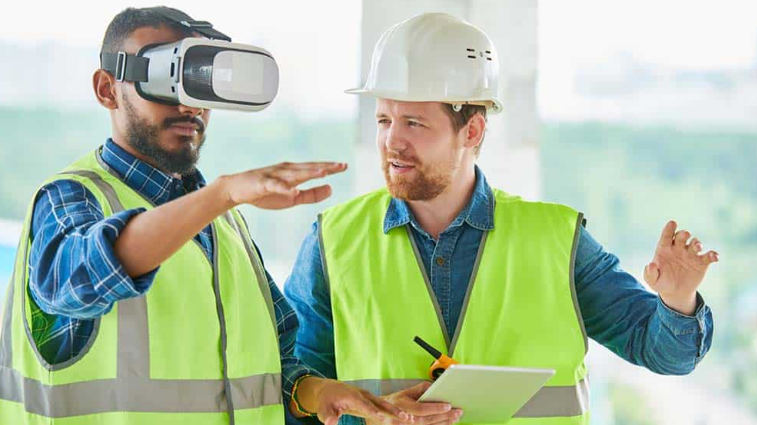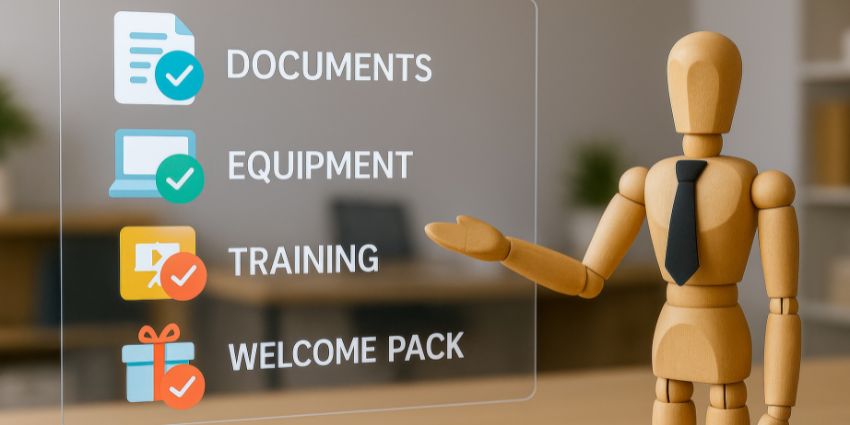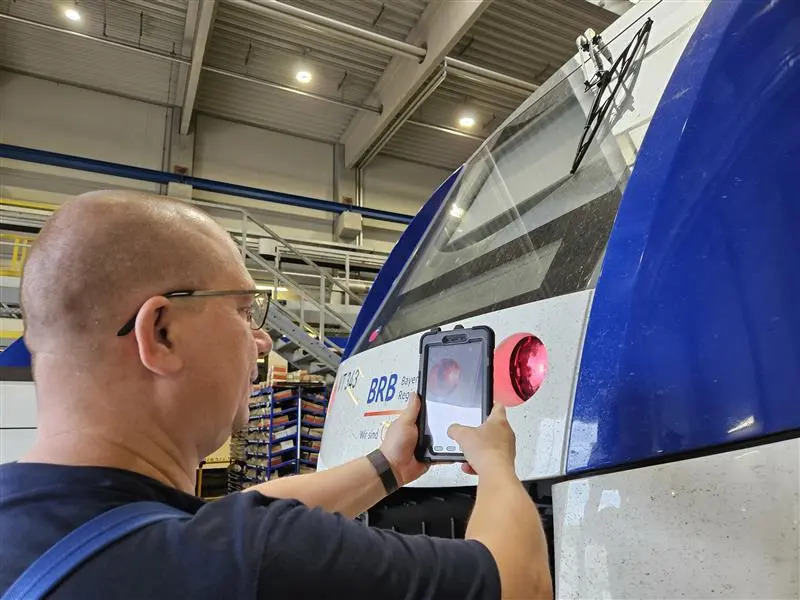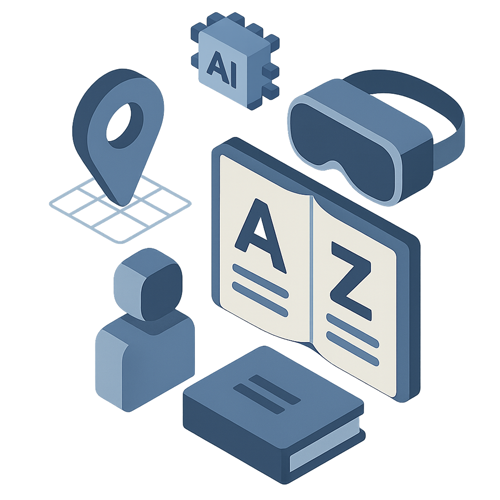In a rapidly digitizing world, traditional training methods are no longer sufficient to prepare the modern workforce for the complexity and unpredictability of operational environments.
Facilities Management (FM)—an industry built on precision, safety, and real-time responsiveness—is now embracing immersive learning through Virtual Reality (VR) to bridge this critical gap.
From HVAC maintenance to electrical safety and emergency preparedness, VR-based training is transforming how FM personnel are onboarded, reskilled, and assessed in high-risk or low-frequency scenarios that demand precision without room for error.
The Rationale: Why VR for Facilities Management?
Facilities Management is a multifaceted discipline encompassing preventive maintenance, emergency response, infrastructure upkeep, and regulatory compliance. Yet, most traditional training frameworks struggle to simulate:
- Realistic emergencies (e.g., fire alarms, total blackout)
- High-risk equipment maintenance (e.g., high-voltage rooms, confined spaces)
- Scenarios involving systemic failure (e.g., HVAC breakdown in critical areas)
- High-fidelity customer service simulations (e.g., tenant escalations, SLA handling)
These scenarios either occur too rarely or are too hazardous to replicate for hands-on training. VR bridges this gap by offering a risk-free, repeatable, and immersive experience that builds confidence and operational readiness among FM personnel.
Designing a VR Training Ecosystem for FM
A comprehensive VR training program for Facilities Management includes:
1. Scenario Engineering
Using Unity 3D or Unreal Engine, VR developers recreate lifelike digital twins of real buildings, plants, and campuses. Trainees are immersed into simulations such as:
- Responding to a triggered fire alarm
- Navigating a building during a power outage
- Identifying faults in an HVAC or electrical system
- Performing preventive maintenance under strict SLAs
Each simulation includes dynamic variables like noise, temperature changes, time pressure, and multitasking distractions to closely mimic real-world environments.
2. Skill-Based Task Modules
Modular lessons allow employees to master:
- Lockout/Tagout procedures
- Safe handling of mechanical/electrical tools
- Elevator or generator room procedures
- Sustainability protocols (energy audits, leak detection)
These are paired with performance assessments, tracking speed, accuracy, decision paths, and safety compliance.
3. Emergency Preparedness
One of the most impactful applications is in emergency simulations:
- Evacuation drills in fire, smoke, or gas leak scenarios
- Operating under low visibility or no-light conditions
- Coordinating with security and fire wardens
- Communicating over simulated radio and dispatch systems
Such drills are typically impractical or disruptive in live settings but can be practiced regularly in VR with full realism.
Organizational Impact: Benefits Beyond the Headset
✅ Enhanced Retention and Engagement
Studies reveal that VR-trained employees retain up to 75% more knowledge compared to classroom methods. Engaging multiple senses and allowing for muscle-memory development ensures long-term recall.
✅ Reduced Training Time
Training cycles are shortened by 30–50% due to immersive repetition and accelerated feedback mechanisms.
✅ Improved Safety and Compliance
FM staff are more confident and precise in applying SOPs during actual incidents, reducing accident risk and improving incident response KPIs.
Implementing VR Training in an Established FM Company
An FM company servicing healthcare and retail sectors implemented VR for fire alarm response, electrical panel fault isolation, and HVAC shutdown protocol training.
Key outcomes in the first 6 months:
- 43% faster task completion in live maintenance activities
- 27% drop in equipment-related errors
- 2x increase in emergency protocol compliance rates
The training also allowed new joiners to complete site-readiness training before ever stepping onto the premises.
The Future: Integrating AI, IoT, and Real-Time Data
As the industry evolves, VR will integrate with real-time IoT sensors to reflect live building conditions inside training simulations. AI-powered assistants may dynamically adjust scenario complexity based on the learner’s stress indicators, gaze tracking, and prior responses.
This convergence will result in cognitive digital twins—training modules that mirror the live facility’s performance and risks in real time, allowing pre-emptive training before an issue escalates on-site.
Conclusion
Virtual Reality in Facilities Management is no longer a futuristic concept—it’s a practical, high-impact tool for operational excellence. By simulating high-risk, low-frequency events and standardizing complex maintenance tasks, VR ensures that every FM professional is not only trained—but truly prepared.
As organizations move toward zero-error, safety-first operations, immersive learning stands as the cornerstone of building a smarter, safer, and more capable workforce.
Quelle:
https://www.linkedin.com/pulse/redefining-facilities-management-training-virtual-reality-usman-1wdte






